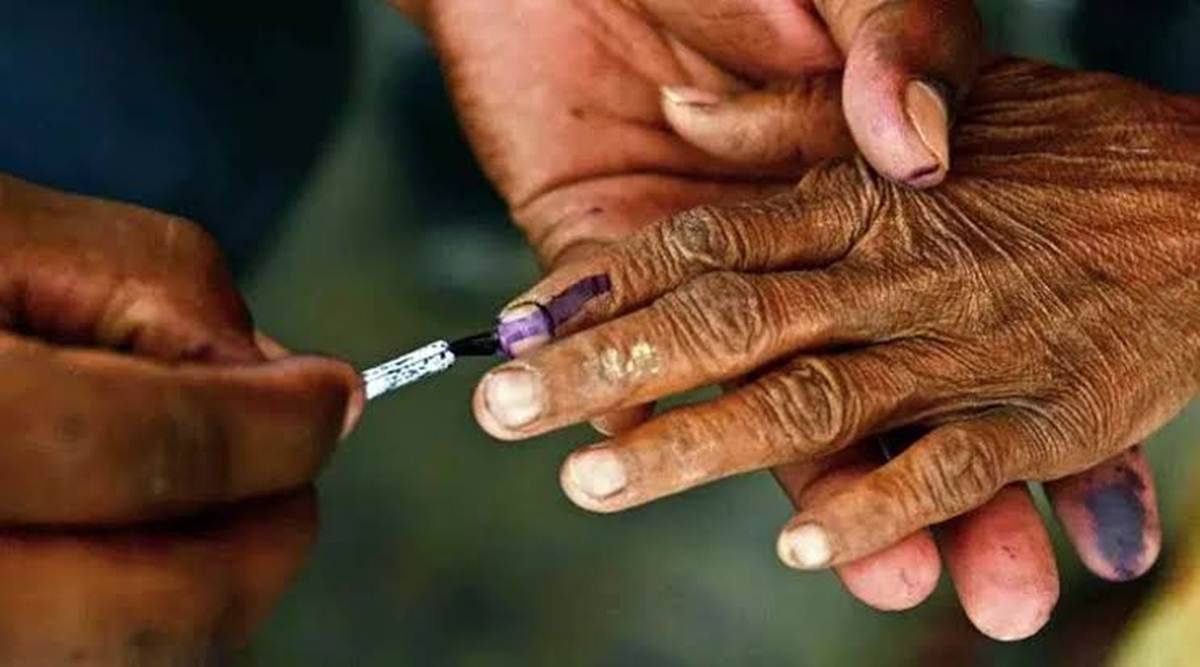 The “Aaya Ram, Gaya Ram” phenomenon, in the words of Justice (Retd.) Ferdino Rebello, is witnessing a resurgence in Goa and keeping poll pundits quiet for the moment.
The “Aaya Ram, Gaya Ram” phenomenon, in the words of Justice (Retd.) Ferdino Rebello, is witnessing a resurgence in Goa and keeping poll pundits quiet for the moment. With the announcement of assembly elections, political analysts in Goa are running for cover. At a time when they would have been most sought after by the media to share their wisdom on party arithmetic and prospects, they are waiting for the slog overs to begin. Goa has always been known for political defections, with individual politicians holding more influence than parties and elected MLAs often violating the party line. The “Aaya Ram, Gaya Ram” phenomenon, in the words of Justice (Retd.) Ferdino Rebello, is witnessing a resurgence in Goa and keeping poll pundits quiet for the moment.
What is different this time? The pace and intensity of the switching of loyalties across political parties and opposition within parties to the defections have complicated the political carnival that is unfolding. Consider the following. The Trinamool Congress (TMC) paratroops into the state and its volunteers spread across the 40 constituencies looking for “influencers”. The party ropes in Luizinho Faleiro, a former Congress chief minister and general secretary in charge of the Northeast states, and gets him elected to the Rajya Sabha. The TMC also occupies the advertisement space in local newspapers and on hoardings across Goa indicating that it is flush with funds. The party also manages to rope in an unlikely ally in the Maharashtrawadi Gomantak Party. A day before the announcement of polls, the TMC says it is open to allying with the Congress to defeat the BJP.
The ruling BJP, basking in the comfort of a fragmented opposition, is suddenly jolted by allegations of corruption in the government by its own ministers. “Babush” Atanasio Monserrate, known as the kingmaker in Goa’s politics and part of the pack of 10 Congress MLAs who switched to the BJP in 2019, makes accusations of corruption against the PWD minister in job recruitments and seeks Chief Minister Pramod Sawant’s intervention. There is disquiet in the party following the induction of MLAs who had earlier been bitter critics of the government, leading to block karyakartas threatening to revolt and putting up their own candidates. Meanwhile, a BJP cabinet minister, Michael Lobo, has quit to join the Congress.
The Aam Aadmi Party would be trying its luck again in Goa after failing to open its account in the 2017 elections. With little to show on the ground, the party has been showcasing the “Delhi” model of education and electricity and promising to clamp down on corruption. The latest kid on the block, Revolutionary Goans (RG), too has entered the fray under the banner of Goa Su-Raj Party, with the objective of “ending the slavery of Goans to people from other states” — an apparent reference to the large number of outsiders who occupy the economic space in Goa. While the RG does strike a chord with the youth because of its campaign that “outsiders” are taking away Goans’ business and jobs, it needs to reflect more on why this is happening to make a difference to Goa’s politics.
That leaves the Congress, the party that won the highest number of seats in the 2017 assembly elections. It has been spectacularly consistent in its downslide ever since. With two resignations in 2017, 10 defections in 2019 and three resignations in 2021, the Congress Legislative Party now comprises just two MLAs. The Congress’s decline is also an important case study in how political leadership, ideology and communication, when mismanaged, can lead to the destruction of a political party. With the Nationalist Congress Party, which used to be an ally, set to tie-up with the TMC, the Goa Forward Party (GFP) appears to be the only ally left for the Congress to rope in, unless it takes up the TMC’s offer.
The above scenario reminds observers of the turbulent 1990s when Goa saw a series of unstable governments, with frequent defections of MLAs causing governments to fall. The justification offered now is that defections “stabilise governments”. The standard argument by an opposition MLA defecting to the ruling party is that it is done in the “interest of the constituency and the people”. The corollary of this argument is that an opposition MLA cannot work for the development of his/her constituency because he is not with the ruling party. “Party loyalty, party politics and party ideology are more for political science textbooks so long as political moolah keeps coming,” according to an eminent Goan political commentator. Is the voter really bothered about which party his leader belongs to so long as his work gets done, implying a more transactional nature of Goa’s politics, asks another. The fact is, in a small constituency, a small number of votes is enough to swing the verdict, which in turn allows an individual leader to exercise more influence in the constituency than his party.
In the midst of this uncertainty, the silent voter holds the key to the poll outcome. In the stories of Damodar Mauzo, the eminent Konkani author, a common Goan often introspects and reflects with reason and compassion. Perhaps, he or she would do the same at the time of vote.
The writer teaches political science at Goa University. Views are personal
- The Indian Express website has been rated GREEN for its credibility and trustworthiness by Newsguard, a global service that rates news sources for their journalistic standards.

